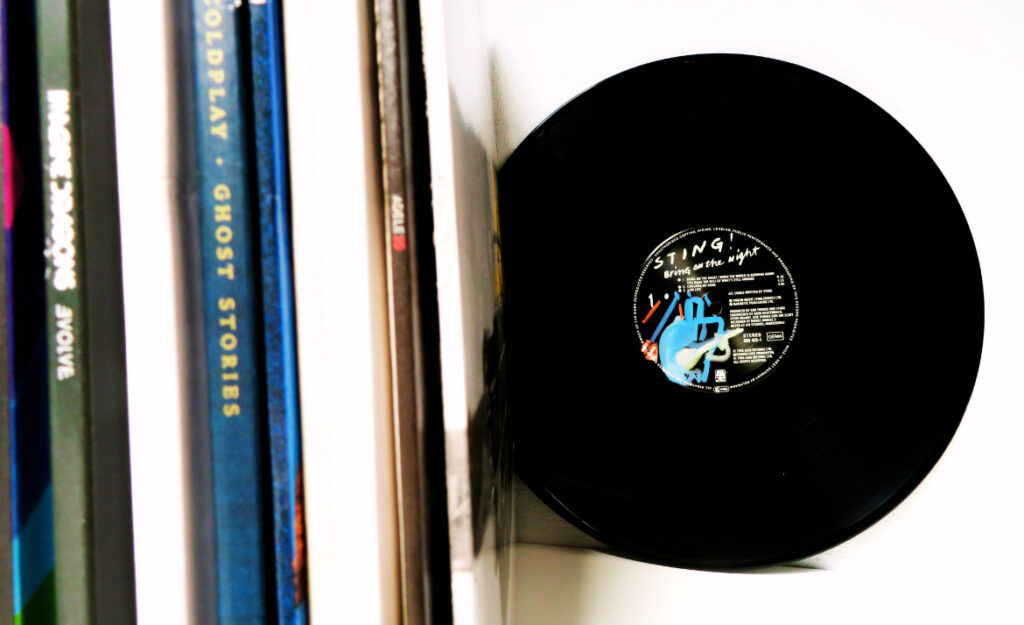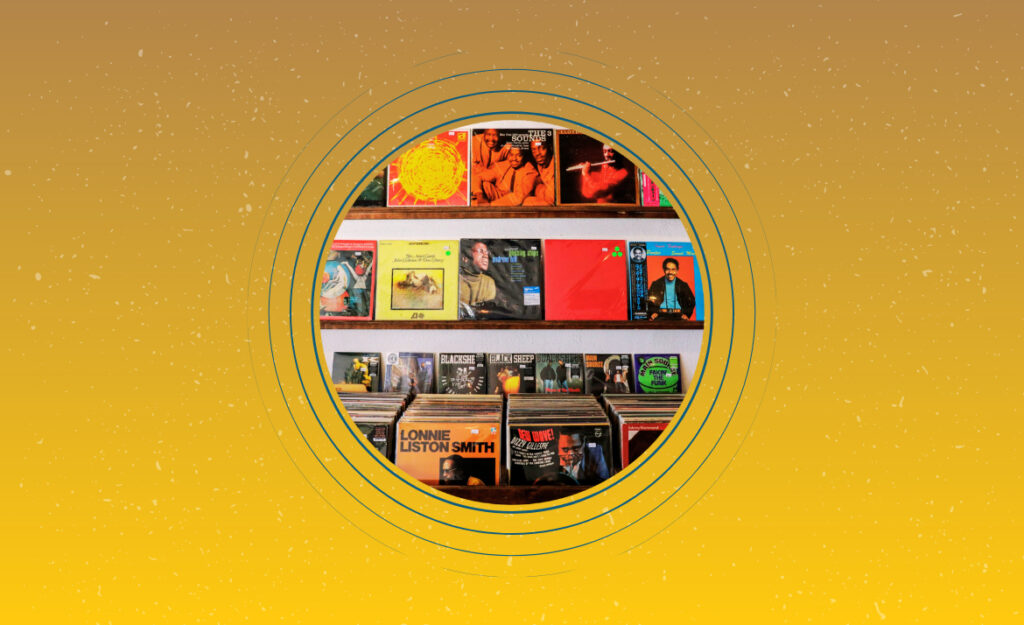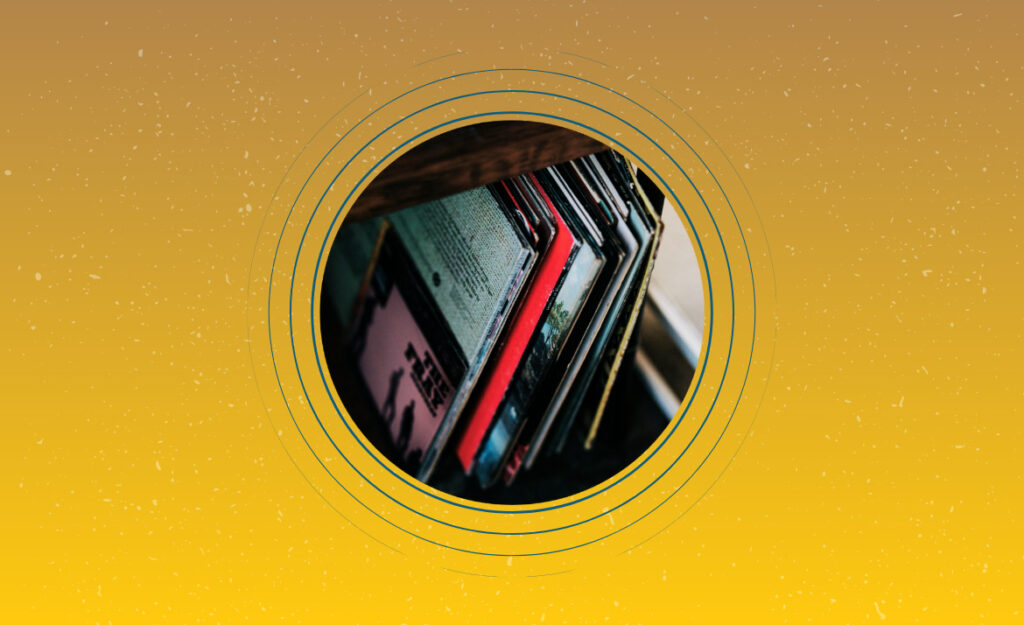
There’s a certain magic in holding a vinyl record, especially when you know exactly where it’s been. Discovering details through vinyl provenance documentation instantly transforms how collectors connect with their records. This record-keeping tradition doesn’t just build value—it tells an actual story.
As vinyl collecting becomes more nuanced, true enthusiasts know that every pressing, sleeve, and owner leaves a trace. Vinyl provenance documentation helps bridge the gap between hearsay and proof, guiding collectors who want more than mere sound from their collections.
If you’re looking for ways to strengthen your buying, selling, or preservation habits, dig into this guide. We’ll map out best practices, real-world scenarios, visual guides, and details that make vinyl provenance documentation a tool for every collector’s toolkit.
Tracking Ownership Changes Anchors Real Market Value
Building accurate provenance means establishing a complete, fact-based ownership trail for each record. Every shift in ownership or location should be tracked to preserve historical worth and deter fraudulent claims. Documenting even minor transitions can cement a record’s authenticity.
Vinyl provenance documentation starts at acquisition. Record the date and method: Was it a direct purchase, an auction win, or a swap? Specify from whom, and always include verifiable details for future reference. Keep receipts, signed statements, or reputable invoices on file.
Maintaining Written Records Prevents Disputes Later
Jot down detailed acquisition notes upon receiving a record. Use a logbook, a spreadsheet, or a digital management app. Note each record’s identifying details, such as label, matrix codes, and condition marks. Replace vague comments like “original owner” with names or recognizable screen handles.
Typed or handwritten logs should mirror facts, not rumors. “Bought from Max Turner at Southside Records, Sept 15, 2018. NM condition per both parties.” Such specifics later discourage misunderstandings if selling or verifying a rare record’s pedigree.
Photographs add credibility and let future owners see what a record looked like at acquisition. Take images of unique stickers, signatures, or edge-wear. Attach these visually to your ongoing record log, ensuring provenance remains traceable over time.
Provenance Patterns Uncovered by Comparing Multiple Records
Comparing detailed provenance logs side-by-side unearths subtle patterns. Collectors spot trends in genre popularity, artists’ touring routes, and even pressing plant quirks. Use this insight to make buying decisions backed by reliable documentation and concrete examples, not just hearsay.
Patterns emerge through repeated data collection—maybe most of your jazz imports came through one regional distributor. Keep filtering details: store locations, seller background, or prior owner professions. When records fit a recognizable arc, value becomes easier to defend.
This attention to detail raises your reputation during trades. Sharing a complete provenance log reassures buyers, especially for unusual pressings or privately pressed jazz vinyl. Encourage others to document their acquisitions for smoother transactions and less dispute risk.
| Step | What to Record | Where to Store | Next Action |
|---|---|---|---|
| Acquisition | Date, source name, receipt photo, item description | Logbook/Digital Folder | Attach digital images and keep all receipts together |
| Ownership Change | Full buyer/seller names, date, transaction detail | Digital Provenance Spreadsheet | Request signed transfer confirmation for rare items |
| Condition Updates | Note of wear, grading, audio checks, restorations | Master Note Log per Record | Take dated photos to track evolving condition |
| Authenticity Proof | Photos of runout codes, signatures, press marks | Attached Image File or Cloud Backup | Link to each item’s provenance entry in catalog |
| Sale/Trade Out | Date, recipient’s info, transaction method | Closeout Log/Backup Copy | Include provenance file for next owner |
Organized Documentation Stops Value Loss From Doubt
Clear, stepwise provenance documentation blocks doubts that could crash a vinyl’s value. Keeping organized records is a habit worth building for any collector. These records will become essential when confirming authenticity to other collectors or buyers.
Uncertainty breeds suspicion, stalling sales and lowering willingness to pay. Providing original notes, receipts, and signed statements erases that doubt. Build your collection’s story through concrete evidence, not vague descriptions or secondhand stories.
Visual Checklist For Collectors Creating Provenance
Use a simple visual checklist to start: date of purchase, source, original owner, matrix codes, condition photos, and special marks. Each element works like a puzzle piece. Track these basics as a minimum to ensure long-term documentation strength.
- Record purchase info the day your vinyl arrives. It matters for tax, trade, and resale authenticity. Acquisitions logged late lose credibility with serious buyers.
- Add unique identifiers right away—including stamped letters, artist inscriptions, or tour stickers. They protect against copycat listings and make your copy distinctively proven.
- Store documentation in both paper and digital form. Backup means you stay covered after life changes: moves, floods, laptop failures.
- Include seller communication screenshots for high-value records. These bridge gaps if someone questions your source several years later.
- Catalog updates each time you play or trade a record. Real-time notes on wear or playback quirks help trace a vinyl record’s journey.
Updating this checklist boosts future sale prices and removes any reason for doubt during valuation by potential buyers or insurance adjusters.
Curating Collections With Supporting Ephemera
Including extras like concert tickets, autographed posters, retailer flyers, or handwritten setlists amplifies a vinyl’s charm and proof of provenance. Attach these to your record’s listing and note exact ties: “This poster was obtained with the LP at release in 1975.”
- File ephemera with related vinyl records. Direct associations between extras and your pressing help reinforce provenance in a collector’s market where details set your copy apart.
- Photograph all extra materials together with the record for clear visual proof. Modern smartphones make this step easy, and images remain less susceptible to fading than ink.
- Log contextual details for each item: “Concert ticket from opening night when the artist signed sleeve.” Even brief context adds value when a record’s story is recounted online or in-person.
- Describe storage locations for ephemera. “Poster kept in inner sleeve pocket, tickets filed in plastic protector.” Transparency reassures future buyers and keeps documentation orderly.
- Highlight authenticity checks performed, such as watermark analysis or signature comparison, for all included items. These extra details boost trust and can tip a sale in your favor.
Linking related ephemera in your provenance documentation makes your record more appealing and less likely to face authenticity disputes.
Condition and Ownership Details Secure True Longevity
Recording both physical condition and chain of custody guarantees provenance documentation supports value for decades. Choose a standardized method so updates and retrieval become seamless for you and future owners, especially as new tools become available.
Guarding against forgery involves more than tracking sales. Record your grading observations, any repairs, and all marks spotted over time. Each update closes potential loopholes and sets your documentation apart in private offers or auction listings.
Record Grading Scripts For Provenance Entries
When logging condition, be precise and transparent. Instead of simply writing “VG+,” enter what you see and hear: “Slight visible swirl, plays without ticks through both sides, original sleeve crisp.” Describe changes using consistent language you can reference later.
If you’re unsure, compare two records spun back-to-back before updating your notes. Repeat the words a buyer might say: “No surface noise, label glossy, spindle hole unworn.” This gives a standardized, confidence-building language to your provenance entries.
Whenever restoring or cleaning, record the date and method: “Gently cleaned in VPI on 7/10/22, no water exposure.” Precision reassures others and preserves your own memory years later.
Ownership Storytelling Builds Trust in Transactions
Include names, memorable locations, or short anecdotes about when and where the record changed hands. For example: “Gifted at Lenny’s 50th, Brooklyn, 2012. Traded at Austin Record Fair, 2017.” Details help new owners explain heritage, not just condition.
Ask the prior owner to provide a short note about the album—often a quick “This came from my uncle’s jazz shop, 1995” suffices. Digitally attaching these notes to provenance documentation enhances credibility without requiring third-party intervention.
This personal approach doesn’t just protect financial value; it makes community connectedness part of every collector’s experience. Sharing where a record’s been is like tracing family history, turning a collection into an archive with lasting connections.
Digital Tools Strengthen Provenance Documentation
Leveraging digital tools in your collection process means vinyl provenance documentation remains secured and easy to share. Numerous free and paid platforms provide templates for cataloging records and archiving relevant photos, scans, and receipts with time-stamped entries.
Digital tools help prevent paper loss and streamline backups. Make provenance entries more dynamic: embed video clips, link to discography databases, and store sound samples highlighting a record’s unique playback quirks or issues. This layer of proof becomes invaluable.
Using Cloud Backups For Provenance Security
Regularly backing up documentation to a secure cloud folder shields your provenance data from physical disasters and accidental loss. Choose a reputable provider and set scheduled automatic backups for maximum security—never rely solely on USB drives or desktop folders.
Organize cloud folders by artist, genre, or acquisition date to allow quick retrieval as your collection grows. If a buyer or insurance adjuster requests proof, access the backup from any device, keeping interactions smooth and trustworthy.
Digital redundancies—backed up in two places—mirror the redundancy principle that protects vintage vinyl from physical risks. Treat provenance files like the music itself: irreplaceable, but protected by planning ahead.
Integrating Barcode/QR Tagging for Traceability
Label your physical and digital files with matching barcodes or QR codes to ensure provenance documentation is clearly paired with each record. Print small QR labels and affix to record sleeves or inner jackets if desired. Scan and retrieve the provenance file instantly as needed.
This integration lets sellers verify a vinyl’s history before money exchanges hands, reducing chance of dispute. Buyers can use their phones to confirm details or contact prior owners for background. QR tagging brings analog music and digital security together seamlessly.
When scanning and updating, add a version note: “Last updated 01/2024 with new owner information.” This habit maintains up-to-date, transparent tracking and positions your records as trustworthy assets in any future negotiation or insurance claim.
Real-World Example: Sourcing a Jazz Rarity With Clear Provenance
Finding a Blue Note jazz pressing at a garage sale is exciting, but real value comes from supporting provenance documentation. The seller, Mrs. Lang, hands you the original purchase invoice, her late husband’s notes, and gig flyers from the album’s club debut.
This kind of extra detail advances negotiations. You document the seller’s name, location, and verbal story in your phone’s notes app. Back home, you photograph all items together, log condition observations, and scan the ephemera to attach digitally to your catalog entry.
Communicating With Previous Owners
Reach out to prior owners for brief written accounts—“My brother bought this at Sam Goody on 3rd Ave, 1974” is a typical snippet. Simple, clear stories increase trust and help you build resilient provenance documentation records for resale.
Offer past owners a quick email script: “Can you confirm when and where you bought this? Any stories or photos would be great.” Most are happy to help if approached politely and told it strengthens the album’s legacy.
Even modest records benefit. Buyers faced with two similar pressings will typically choose the one with documented history, knowing where it traveled before arriving in their hands.
Documenting Rare Finds for Insurance or Auctions
When preparing high-value jazz pressings for auction, gather all provenance pieces—acquisition, condition, restoration, and supporting ephemera. Auctions prioritize transparency, so mention photos, digital logs, and owner notes during the lot listing process.
For insurance, supply the digital provenance file with photos. Insurers prefer trackable, time-stamped records and may require periodic updates for ongoing coverage. This real-world diligence proves worth if disaster strikes or claims arise.
Even for passionate hobbyists rather than investors, detailed provenance eases future transactions with clear, consistent transfer between owners.
Conclusion: Every Collector Can Build Enduring Vinyl Value
Consistently applying vinyl provenance documentation turns every record from an anonymous piece of plastic into a story-rich asset. Ownership details, condition logs, and ephemera create a chain of trust that supports every trade or sale you’ll ever make.
Protecting true value goes beyond price tags. Documenting provenance adds personal satisfaction—each new entry is an act of honoring the record’s journey. This practice pays dividends at appraisal, in negotiations, and as collections pass to new hands.
Adopt these strategies this week: log a new purchase, scan an old poster, or reach out for an ownership note. You’ll find peace of mind and new connections, all rooted in vinyl provenance documentation.



